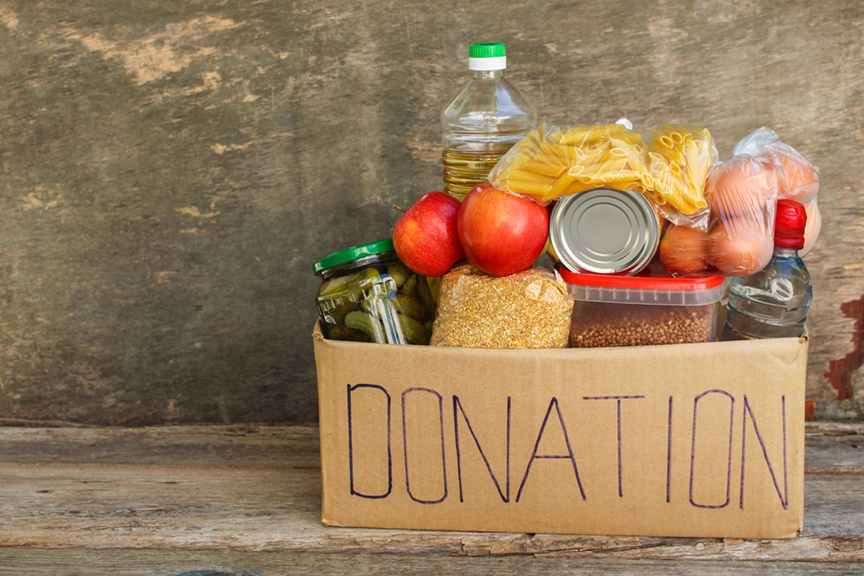
How can we help others when times are hard?
Four Grade 1 French immersion classrooms in one school were studying Canada’s Food Guide, while also focusing on citizenship, communication, creativity, and collaboration. To begin, their teachers created interest and curiosity by reading several books on hunger and food banks (e.g., It’s a No-Money Day by Kate Milner, Maddi’s Fridge by Lois Brandt and Vin Vogel, Lulu and the Hunger Monster by Erik Talkin and Sheryl Murray). While expanding their empathetic and generous hearts, learners discussed how the characters in these books might have felt when they did not have enough to eat and how this affected them. They also explored what food banks are and what they provide for the community.
Learners brainstormed ways to help those in need, and although they came up with several incredible ideas like volunteering at a soup kitchen, serving breakfast, snacks, or lunch at school for those who don’t have enough to eat, or handing out everyday essentials to the homeless, they finally decided that they wanted to start a school-wide food drive. After more research was done on local organizations, learners chose to collect items for Harvest Manitoba (formerly known as Winnipeg Harvest) as well as the Christmas Cheer Board. They paired up with older learners who took charge of organizing the making of the hampers for the Christmas Cheer Board while the Grade 1 learners focused on the collection of non-perishable food items.
While researching these organizations, learners discovered that there were specific food items that were highly sought after, so they decided that they wanted to focus on collecting these items. They picked 12 items and advertised the collection of one specific item per day. They learned about the food groups and classified each item, among other foods, within these. Finally, they made videos that each classroom teacher in the school played for their learners every day. These videos offered clues to the school community so that they could guess what item was being collected the next day. The clues, which were all given in French, not only developed student vocabulary, but also created authentic, meaningful, and beautiful learning opportunities. The clues included the item’s colour, the food group in which it belongs, and a fun fact. Learners collaborated to come up with these clues, as well as the fun fact, and then creatively decided how they wanted to share these clues within the video.
Once the planning was complete, each learner participated in two videos. There were roles for all learners, including those who didn’t feel comfortable speaking or even being on camera. They filmed the videos, created props, or spoke and danced while giving the clues. The whole school community enjoyed watching the videos while deepening their learning of the French language and Canada’s Food Guide, and knowing that their contribution helped people in need.
These little learners had taken on a leadership role within their school and the excitement reached a whole new level once the food drive was complete. Learners were amazed when they finally got to see what all their hard work amounted to. The front entrance of the school had a mountain of boxes full of non-perishable food items for those in need, all because of them. 91. Ninety-one. That’s how many boxes were full and headed to Harvest Manitoba and the Christmas Cheer Board.
Brandt, Lois. Maddi’s Fridge. Illustrated by Vin Vogel, Flashlight Press, 2022.
Jour 2 - La collecte pour Harvest Manitoba et pour Christmas Cheer Board (YouTube)
Canada. Canada’s Food Guide.
———. “La fin de la collecte pour Harvest Manitoba à l‘École Sage Creek School.” YouTube, 2021.
Milner, Kate. It’s a No-Money Day. Barrington Stoke, 2019.
Rauch, Annick. “Jour 2—La collecte pour Harvest Manitoba et pour Christmas Cheer Board.” YouTube, 2021.
Talkin, Erik. Lulu and the Hunger Monster. Illustrated by Sheryl Murray, Free Spirit Publishing, 2020.